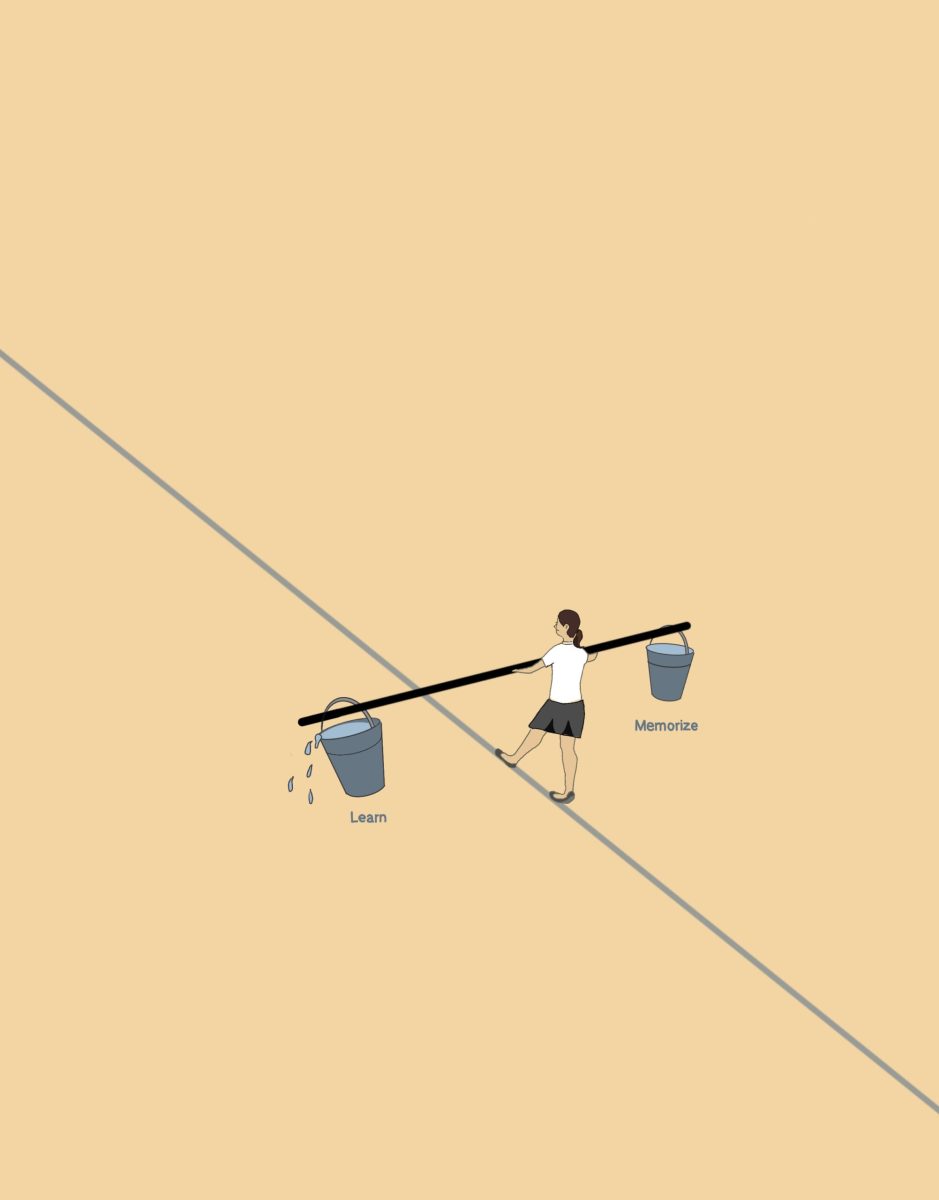“The Shining,” released in 1980 and based on Stephen King’s novel with the same title, is a cult classic that set the tone for the future of psychological thrillers. Stanley Kubrick, the film’s director, has a recognizable influence marked by attention to detail and perfectionism.
Its sequel, “Doctor Sleep,” was recently released in theaters. Doctor Sleep serves as King’s response to Kubrick’s adaptation, which he perceived as lacking in character development. Centering on a family as they become caretakers for a hotel, “The Shining” tells the story of Jack and his descent into madness during their isolation.
“The Shining’s” portrayal of the effects of Jack’s growing insanity on his wife, Wendy, and son, Danny, is the highlight of the movie and was well-executed through subtle details surrounding the hotel’s lore. The film’s set was even designed to seem unreal as rooms were slightly skewed and hallways turned unrealistically.
Excellent acting from Jack Nicholson and Shelley Duval make the movie believable, especially in some of Nicholson’s final scenes of insanity. As the movie begins, Jack and his family appear to be a happy, normal family but things quickly begin to feel off as they arrive to look after the snowed-in Overlook Hotel, which is shut down during the winter as a result of snow ins. In previous years, the caretaker Charles Grady went insane because of the isolation of the hotel and killed his wife and child, something Jack was warned of when he took the job, but ultimately ignores. With genuine stresses and excellent storytelling, Kubrick’s film is scary to watch, especially as the viewer is left wondering what will happen next throughout the film.
Although the storytelling as a whole is excellent, some plot points can feel confusing, likely a result of the process of compacting a lengthy and lore-filled book into a shorter film. Throughout the story, Danny’s visions and imaginary friends are revealed as manifestations of a superpower-like concept called the Shining. I felt the concept of the Shining was poorly fleshed out. The majority of the exposition is pushed into one scene, which makes it feel a bit forced. As opposed to it being a focal point, it seemed to be explained once and used, later on, when convenient for scary visions. While the use of superpowers can be an effective device in horror movies, it felt poorly-executed in “The Shining,” which was particularly frustrating coming from a director as talented as Kubrick. That being said, the lack of an explanation can sometimes lead to more confusion and mystery, adding to the fear and tensions in the movie.
Regardless, I found the cinematography very engaging. The cinematographers often utilized negative space well to demonstrate how alone the family truly was while also drawing the viewer’s attention to the meticulous sets Kubrick created. One scene that showed both excellent acting and cinematography was the scene in which Wendy is attempting to fend Jack off with a bat. Wendy appears genuinely terrified, likely as a result of Kubrick making her redo the scene over one hundred times, while Jack’s deterioration is well portrayed as he devolves into yelling and threatening Wendy. Additionally, the camera’s use of behind the shoulder shots with the other character in the center of the frame puts the watcher in their shoes, making it even more frightening.
Overall, I give “The Shining” a 9/10 for its overall excellent storytelling and design, despite being convoluted at times. I would recommend watching this movie with friends or alone — just make sure to go somewhere warm for the winter.








